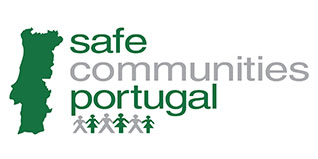Between 22nd and 28th July the GNR inspected a total of 2,154 passenger vehicles, and identified 449 offences, including 16 for driving heavy passenger vehicles without a driver’s licence.
According to GNR, the enforcement operation was aimed at heavy passenger vehicles and vehicles used for the collective transport of children, to ensure compliance with applicable legal regulations, to promote the road safety of its users and to reduce road accident rates. .
There are also 117 notices of violation issued by GNR because the vehicles did not have the technical specifications to perform this type of transport, as well as, due to lack of mandatory equipment, namely lack of fire extinguisher and first aid box.
Another 91 offenses result from non-compliance with driving times, mandatory breaks and non-compliance with rest times, while 32 were due to lack of licensing or vehicles not fulfilling the requirements to perform this type of transport.
The list of contradictions includes 20 for passenger transport without the use of an approved and adapted seat belt or child restraint, 14 for lack or incorrect completion of the documentation required for the type of service, 13 for non-compliance with the rules on installation and use of tachograph and four for lack of licence for the exercise of the activity.
GNR also detected four infractions for lack of use of a retro-reflective vest and cross-country signalling racket (children), two for driving vehicles for the transport of children without a driver’s license, one for the absence of vigilantes and one for excessive traffic. .
According to the GNR, in heavy vehicle transport, public passenger transport was particularly sensitive, as non-compliance with legal regulations, especially in terms of safety rules, violation of driving and rest times or the adoption of this risk may “endanger the safety and physical integrity of a large number of passengers”.
In turn – warns the GNR – the bathing season is also conducive to the circulation of vehicles for the collective transport of children and young people up to 16 years old, from and to educational establishments, kindergartens, kindergartens and other facilities or spaces where educational or training activities take place, namely for sports or cultural activities, field trips and other organized leisure activities.
